p-Phenylenediamine
Synonym(s):1,4-Benzenediamine;1,4-Diaminobenzene;1,4-Phenylenediamine;4-Aminoaniline
- CAS NO.:106-50-3
- Empirical Formula: C6H8N2
- Molecular Weight: 108.14
- MDL number: MFCD00007901
- EINECS: 203-404-7
- SAFETY DATA SHEET (SDS)
- Update Date: 2025-12-17 09:50:42
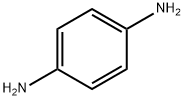
What is p-Phenylenediamine?
Description
Paraphenylenediamine (PPD) is a colorless compound oxidized by hydrogen peroxide in the presence of ammonia. It is then polymerized by a coupling agent to produce a color.
Chemical properties
p-Phenylenediamines are white to slightly red crystalline solids. They have been described as gray “light brown” which may result from exposure to air.
Physical properties
White, red, or brown crystals. May darken on exposure to air.
The Uses of p-Phenylenediamine
p-Phenylenediamine is used for dyeing hairand fur, in the manufacture of azo dyes, inaccelerating vulcanization of rubber, and inantioxidants. 4-Phenylenediamine is an azo-dye intermediate; photographic-developing agent; photo-chemical measurements; intermediate in manufacture of antioxidants and accelerators for rubbe. A hair dye component, paraphenylenediamine, as a contact allergen for treatment of inflammatory diseases.
What are the applications of Application
1,4-Phenylenediamine is a derivative of aniline
Definition
ChEBI: 1,4-phenylenediamine is a phenylenediamine in which the amino functions are at positions 1 and 4 of the benzene nucleus. It has a role as a hapten, a dye, a reagent and an allergen.
General Description
A white to purple crystalline solid (melting point 234 F) that turns purple to black in air. Flash point 309 F. Toxic by skin absorption, inhalation or ingestion. Used for production of aramid fiber, antioxidants, as a laboratory reagent, in photographic developing, and as a dye for hair and furs.
Air & Water Reactions
Oxidizes on exposure to air. The finely powdered base if suspended in air poses a significant dust explosion hazard. Soluble in water. Even as a solid will spot downwind areas purple/black (Roger Patrick, DuPont Engineer).
Reactivity Profile
p-Phenylenediamine is the stongest of the weak aromatic bases. p-Phenylenediamine neutralizes acids in weak exothermic reactions to form salts. May be incompatible with isocyanates, halogenated organics, peroxides, phenols (acidic), epoxides, anhydrides, and acid halides. Reacts readily with oxidizing agents .
Health Hazard
p-Phenylenediamine is a moderate to highlytoxic compound; the acute, subacute andchronic toxicity of this amine is greater thanthat of its ortho- and meta-isomers. The acutepoisoning effects in animals were manifestedby lacrimation, salivation, ataxia, tremor,lowering of body temperature, increasedpulse rate, and respiratory depression. Anintraperitoneal dose of 10.8 mg/kg (sus pended in propylene glycol) in male ratscaused the formation of methemoglobin tothe extent of 12.9% after 5 hours (Watan abe et al. 1976). The hydrochloride of thisamine has been reported to cause edemaof the head and neck in animals dosedwith 120–350 mg/kg. p-Phenylenediamine in hair dye formulations produced skinirritation and mild conjunctivial inflamma tion in a variety of test animals (Lloydet al. 1977). In guinea pigs, contact pro duced skin sensitization. Hair dyes con taining p-phenylenediamine damaged visionwhen applied into eyes. In addition, allergicasthma and inflammation of the respiratorytract resulted from exposure to higher con centrations. Reports in early literature citeseveral cases of human poisoning resultingfrom the use of hair dyes containingp-phenylenediamine. The toxic symptomsreported were liver and spleen enlargement,vertigo, gastritis, jaundice, atrophy of liver,allergic asthma, dermatitis, cornea ulcer,burning and redness in eyes, and presbyopia(the latter effects arising from using hair dyeson the eyebrows and eye lashes).
Tests for mutagenicity in Salmonellamicrosome assays (in vitro) were negative.With metabolic activation, upon oxidationwith hydrogen peroxide, most mutagenictests showed positive results. Tests forcarcinogenicity were negative, although itslightly increased the overall tumor ratein experimental animals. After oxidationwith hydrogen peroxide, the amine producedtumors in the mammary glands of female rats(Rojanapo et al. 1986).
Fire Hazard
Combustible material: may burn but does not ignite readily. When heated, vapors may form explosive mixtures with air: indoors, outdoors and sewers explosion hazards. Contact with metals may evolve flammable hydrogen gas. Containers may explode when heated. Runoff may pollute waterways. Substance may be transported in a molten form.
Synthesis
The highest photocatalytic activity and stability was exhibited by the 0.20 wt% Pt/lanthanum hydroxide nanowire photocatalyst, which we can completely reduce 4-nitroaniline to p-phenylenediamine in 60 min.
Contact allergens
PPD is a colorless compound oxidized by hydrogen peroxide in the presence of ammonia. It is then polymerized to a color by a coupling agent. Although a wellknown allergen in hair dyes, PPD can be found as a cause of contact dermatitis in chin rest stains or in milk testers. It is also a marker of group sensitivity to para amino compounds such as benzocaine, some azo dyes, and some previous antibacterial sulphonamides.
Biochem/physiol Actions
p-Phenylenediamine causes allergic reactions with skin. It is widely used in hair dyes. It eventually forms Bandrowski′s base, which is found to be the primary cause for allergy. p-Phenylenediamine exposure results in dermatitis, urticaria and anaphylaxis. It acts as an electron donor and is known to reduce cytochrome c.
Safety Profile
Suspected carcinogen with experimental tumorigenic data. Poison by ingestion, subcutaneous, intravenous, and intraperitoneal routes. Mildly toxic by skin contact. A human skin irritant. Mutation data reported. Implicated in aplastic anemia, Can cause fatal liver damage. The p-form is more toxic and a stronger irritant than the 0and misomers. Wen used as a hair dye it caused vertigo, anemia, gastritis, exfoliative dermatitis, and death. Has caused asthma and other respiratory symptoms in the fur-dyeing industry. Combustible when exposed to heat or flame; can react vigorously with oxidizing materials. To fight fire, use water, Con, dry chemical. When heated to decomposition it emits acrid smoke and irritating fumes. See also other phenylenediamine entries and AMINES
Potential Exposure
p-Phenylenediamine has been used in dyestuff manufacture, in hair dyes; in photographic developers; in synthetic fibers; polyurethanes, and as a monomer and in the manufacture of improved tire cords. Also used as a gasoline additive and in making antioxidants.
Carcinogenicity
A number of dermal carcinogenesis bioassays have been
reported using p-PDA alone in an organic solvent or in
combination with hydrogen peroxide. An 85-week study
in which female Swiss mice were treated with 5% or 10%
p-PDAin acetone, 0.02 mL/animal applied topically, showed
no evidence of carcinogenicity.
p-PDA was not found to be carcinogenic when administered
by diet to male and female F344 rats and B6C3F1 mice
at the dietary doses of 625 or 1250 ppm; the high dose
approximated the maximum tolerated dose. An
IARC Working Group concluded that on the basis of lack
of human data, and inadequate animal data, p-PDA was not
classifiable as to its carcinogenicity to humans. A
recent meta-analysis of 11 case-control studies and one
cohort study of the relationship between p-PDA exposure
through use of personal hair dye and bladder cancer did not
indicate any causal association.
Source
Bulk quantitities may contain m- and o-phenylenediamine and aniline as impurities.
Environmental Fate
Biological. In activated sludge, 3.8% mineralized to carbon dioxide after 5 d (Freitag et al.,
1985). In activated sludge inoculum, following a 20-d adaptation period, 80.0% COD removal was
achieved (Pitter, 1976).
Photolytic. A carbon dioxide yield of 53.7% was achieved when phenylenediamine (presumably
an isomeric mixture) adsorbed on silica gel was irradiated with light (λ >290 nm) for 17 h (Freitag
et al., 1985).
Chemical/Physical. p-Phenylenediamine will not hydrolyze because it does not contain a
hydrolyzable functional group (Kollig, 1993).
Shipping
UN1673 Phenylenediamines (o-, m-, p-), Hazard Class: 6.1; Labels: 6.1-Poisonous materials.
Purification Methods
Crystallise the diamine from EtOH or *benzene, and sublime it in vacuo; protect it from light. The acetate has m 304o. [Beilstein 13 IV 104.]
Incompatibilities
Dust may form explosive mixture with air. A strong reducing agent. Incompatible with oxidizers (chlorates, nitrates, peroxides, permanganates, perchlorates, chlorine, bromine, fluorine, etc.); contact may cause fires or explosions. Keep away from alkaline materials, strong bases, strong acids, oxoacids, epoxides, acid chlorides; acid anhydrides; chloroformates, and strong bases. Incompatible with organic anhydrides; isocyanates, aldehydes. Heat and light contribute to instability. Keep away from metals.
Waste Disposal
Controlled incineration whereby oxides of nitrogen are removed from the effluent gas by scrubber, catalytic or thermal device.
Properties of p-Phenylenediamine
| Melting point: | 138-143 °C (lit.) |
| Boiling point: | 267 °C (lit.) |
| Density | 1.135 g/cm3 (20℃) |
| vapor density | 3.7 (vs air) |
| vapor pressure | 1.08 mm Hg ( 100 °C) |
| refractive index | 1.6339 (estimate) |
| Flash point: | 156 °C |
| storage temp. | Store below +30°C. |
| solubility | Soluble in alcohol, chloroform, ether and hot benzene. |
| form | Powder or Flakes |
| Colour Index | 76060 |
| pka | 4.17(at 25℃) |
| color | White, gray, or purple to brown |
| PH | 9 (50g/l, H2O, 20℃) |
| PH Range | NonQ uorescence (3.1) to orange/yellow Q uorescence (4.4) |
| Water Solubility | 47 g/L (25 ºC) |
| Merck | 14,7285 |
| BRN | 742029 |
| Exposure limits | TLV-TWA 0.1 mg/m3 (ACGIH 1989); TWA
skin 0.1 mg/m3 (MSHA and OSHA); IDLH
25 mg/m3 (NIOSH); carcinogenicity: Animal Inadequate Evidence (IARC).
. |
| Stability: | Stable, but oxidizes when exposed to air. Incompatible with oxidizing agents. Store under inert atmosphere. |
| Major Application | Nanoparticles, liquid crystal displays, chemical mechanical polishing, bottom antireflective coatings, electrochromic materials, inks, rubber, hair dyes, cosmetics, treatment of virus skin infection |
| CAS DataBase Reference | 106-50-3(CAS DataBase Reference) |
| IARC | 3 (Vol. 16, Sup 7) 1987 |
| NIST Chemistry Reference | 1,4-Benzenediamine(106-50-3) |
| EPA Substance Registry System | p-Phenylenediamine (106-50-3) |
Safety information for p-Phenylenediamine
| Signal word | Danger |
| Pictogram(s) |
 Skull and Crossbones Acute Toxicity GHS06  Health Hazard GHS08  Environment GHS09 |
| GHS Hazard Statements |
H317:Sensitisation, Skin H319:Serious eye damage/eye irritation H370:Specific target organ toxicity, single exposure H410:Hazardous to the aquatic environment, long-term hazard |
| Precautionary Statement Codes |
P273:Avoid release to the environment. P280:Wear protective gloves/protective clothing/eye protection/face protection. P301+P310:IF SWALLOWED: Immediately call a POISON CENTER or doctor/physician. P305+P351+P338:IF IN EYES: Rinse cautiously with water for several minutes. Remove contact lenses, if present and easy to do. Continuerinsing. |
Computed Descriptors for p-Phenylenediamine
| InChIKey | CBCKQZAAMUWICA-UHFFFAOYSA-N |
p-Phenylenediamine manufacturer
ASM Organics
New Products
4,4-Difluoropiperidine hydrochloride tert-butyl 9-methoxy-3-azaspiro[5.5]undecane-3-carboxylate Indole Methyl Resin N-Isopropylurea N,N-Dicyclohexylcarbodiimide(DCC) MELDRUMS ACID 5-METHYLISOXAZOLE-4-CARBOXYLIC ACID Magnessium Bis glycinate Zinc ascorbate 1-bromo-2-butyne 2-acetamidophenol 9(10H)-anthracenone Erythrosin B, 4-Piperidinopiperidine 2-((4-morpholinophenylamino) (methylthio) methylene) malononitrile 2,4-dihydroxybenzaldehyde 3-(4-morpholinophenylamino)-5-amino-1H-pyrazole-4-carbonitrile Methyl 2-methylquinoline-6-carboxylate 2,6-dichloro-4-nitropyridine 4-Bromo-2-chlorobenzonitrile 2-(benzylamino)acetic acid hydrochloride 4-(tert-Butoxycarbonylamino)but- 2-ynoic acid 3,4-dihydro-2H-benzo[b][1,4]dioxepine 1-Phenyl-1-cycloprppanecarboxylicacidRelated products of tetrahydrofuran


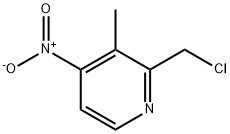
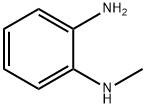



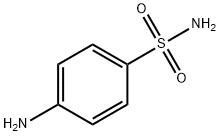
You may like
-
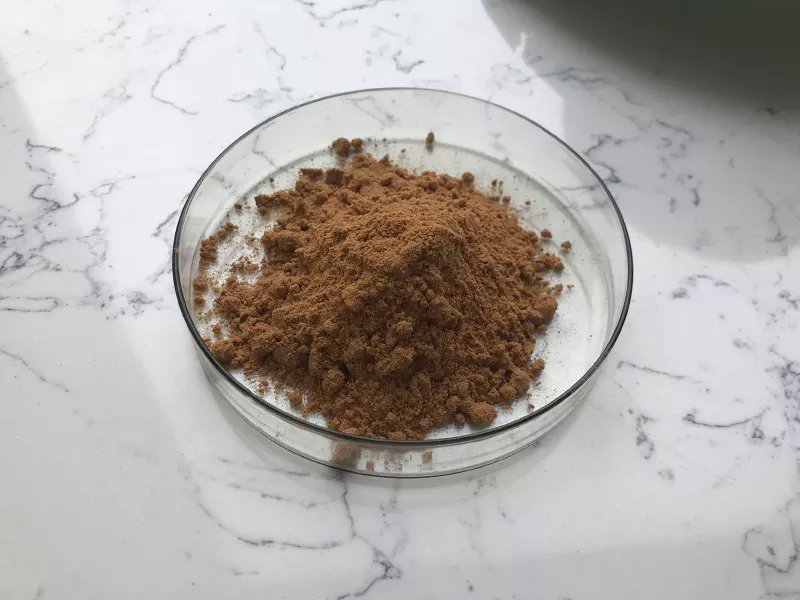 1,4-Phenylenediamine 98%View Details
1,4-Phenylenediamine 98%View Details -
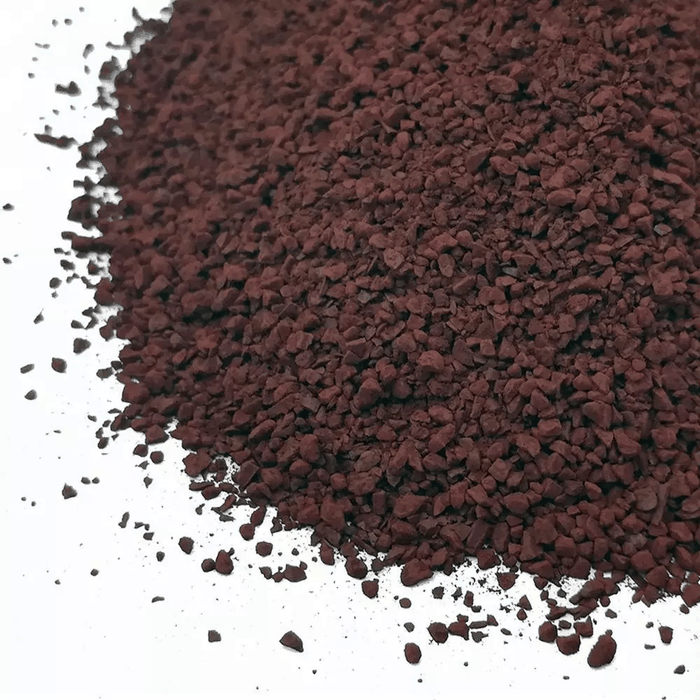 1,4-Phenylenediamine 98%View Details
1,4-Phenylenediamine 98%View Details -
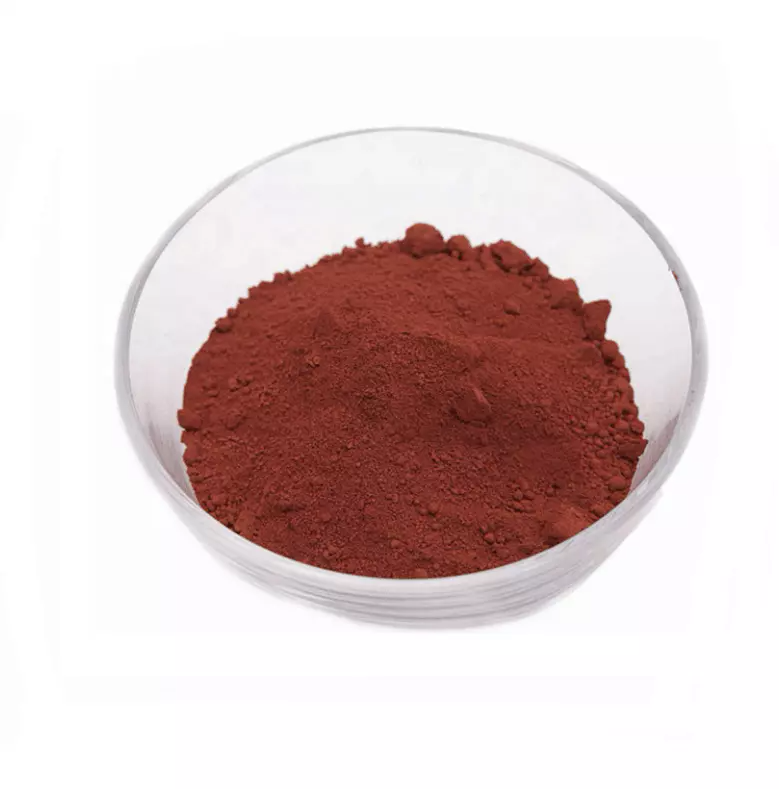 1,4-Phenylenediamine 98%View Details
1,4-Phenylenediamine 98%View Details -
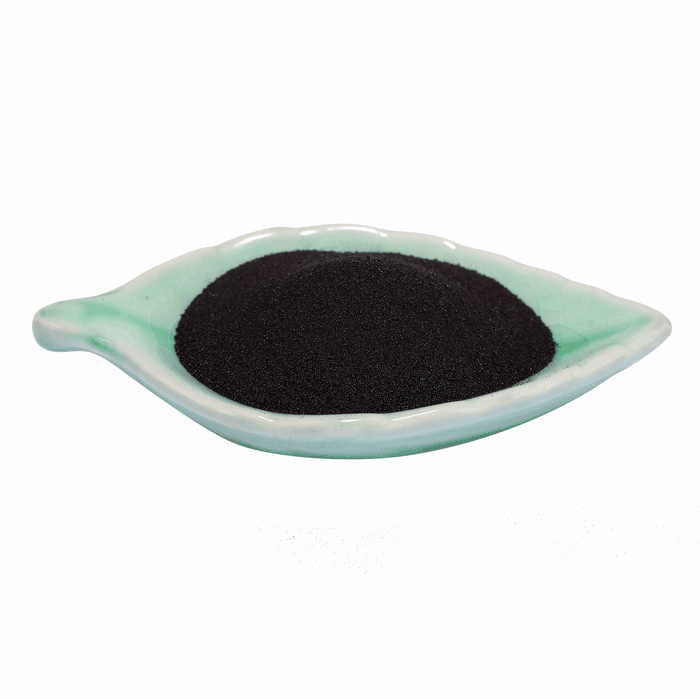 1,4-Phenylenediamine 98%View Details
1,4-Phenylenediamine 98%View Details
106-50-3 -
 p-Phenylene diamine CAS 106-50-3View Details
p-Phenylene diamine CAS 106-50-3View Details
106-50-3 -
 P-Phenylenediamine 98% CAS 106-50-3View Details
P-Phenylenediamine 98% CAS 106-50-3View Details
106-50-3 -
 P-Phenylenediamine CAS 106-50-3View Details
P-Phenylenediamine CAS 106-50-3View Details
106-50-3 -
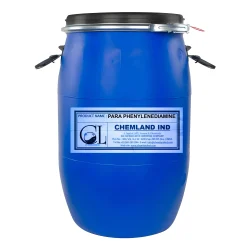 Paraphenylenediamine Ppd Powder, 25 kg, 99%View Details
Paraphenylenediamine Ppd Powder, 25 kg, 99%View Details
106-50-3
